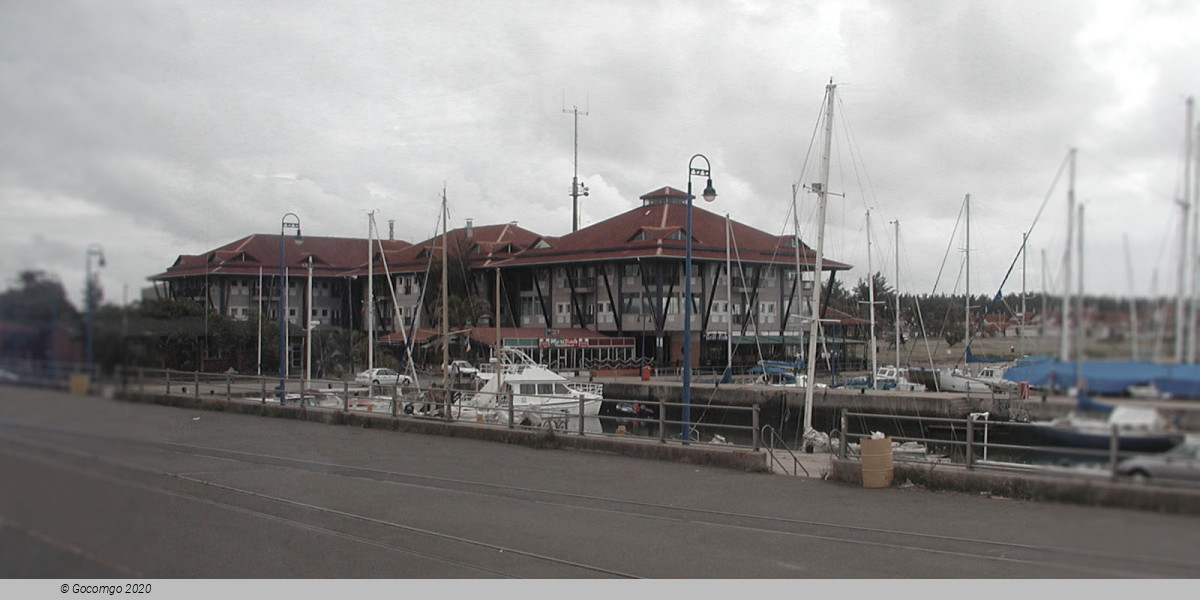Richards Bay

Richards Bay is a city in KwaZulu-Natal, South Africa. It is situated on a 30 square kilometre lagoon of the Mhlatuze River, which makes it one of the country's largest harbours. Richards Bay also has the deepest natural harbour on the African continent.
The town began as a makeshift harbour that was set up by Commodore of the Cape, Sir Frederick Richards, during the Anglo-Zulu War of 1879. In 1902, Cathcart Methven, the harbour engineer for the Natal Government, in his Zululand Port Survey recognized the potential of Richards Bay as a new harbour for the eastern shore. In 1935 the Richards Bay Game Sanctuary was created to protect the ecology around the lagoon and by 1943 it expanded into the Richards Bay Park. The town was laid out on the shores of the lagoon in 1954 and proclaimed a town in 1969. In 1965, the South African Government under Minister of Transport Ben Schoeman decided to build a deep water harbour at Richards Bay. Construction work began in 1972 and lasted four years. In January 1976, there was a forced removal of local inhabitants of the Mthiyane Zulu clan. On 1 April 1976, the new deep water harbour was opened with a railway and an oil/gas pipeline linking the port to Johannesburg. The new residential area for Richards Bay was developed north of the harbour. Meerensee, started in 1970, was the first suburb. It was followed by Arboretum in 1975, and VeldenVlei in 1980. All three suburbs catered exclusively for whites in accordance with the existing laws of apartheid. A township for blacks was developed at Esikhaweni, fifteen kilometres south of Richards Bay. Residential areas for Indians and coloureds were opened after 1985 west of VeldenVlei. The three suburbs of Richards Bay (excluding the black township of Esikhaweni) had a combined population of about 20,000 in 1990.

